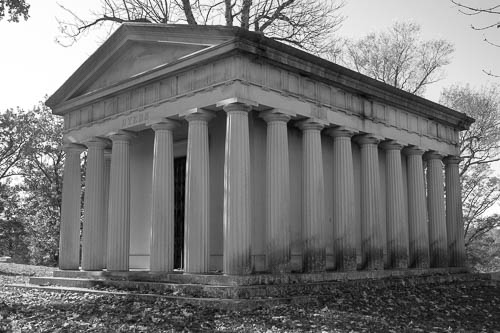
I took a guided tour of Allegheny Cemetery, Pittsburgh, in 2018. This tour included the Byers Mausoleum. The industrialist Eben Byers now rests here, inside of a lead-lined coffin.
Places and Their People, History, and Lore

I took a guided tour of Allegheny Cemetery, Pittsburgh, in 2018. This tour included the Byers Mausoleum. The industrialist Eben Byers now rests here, inside of a lead-lined coffin.